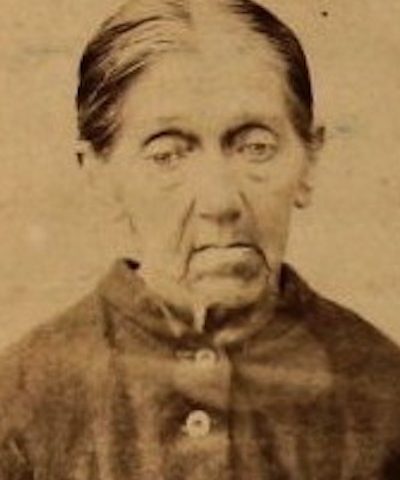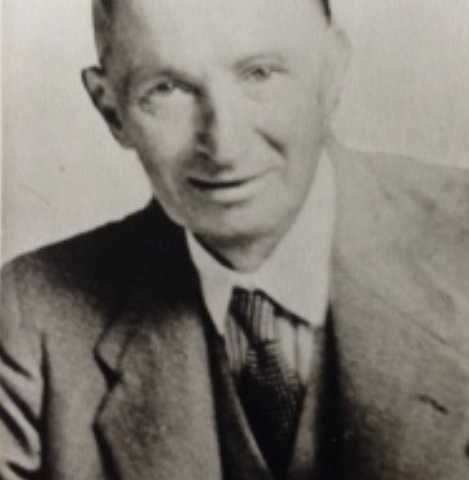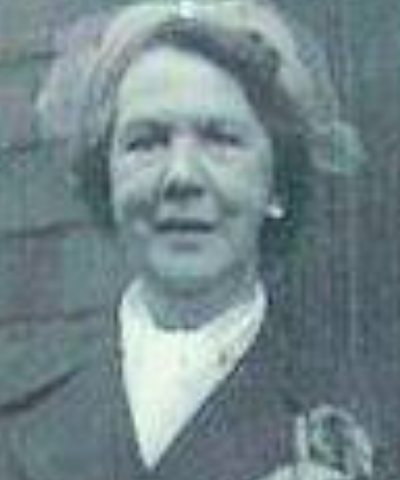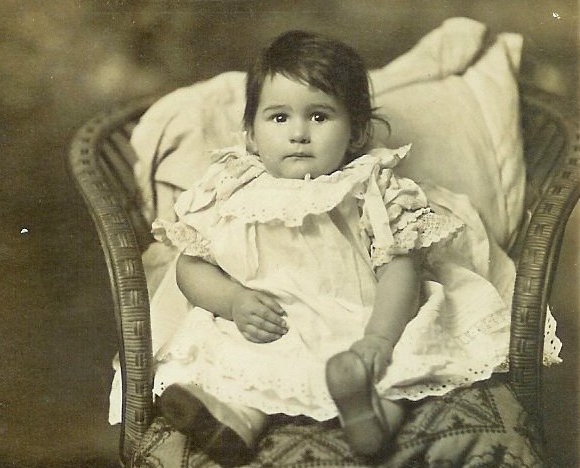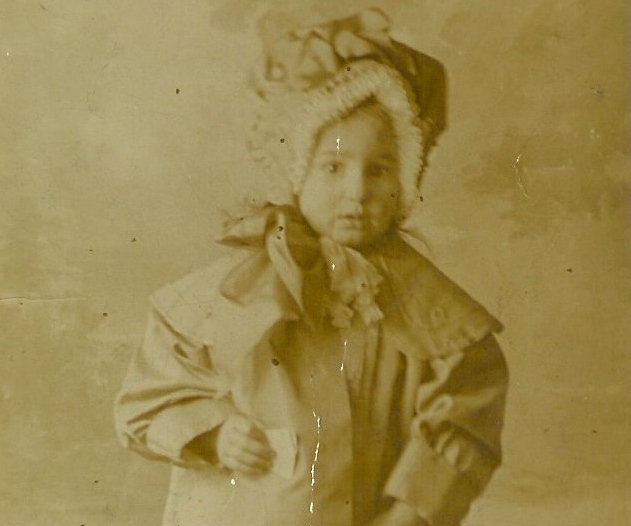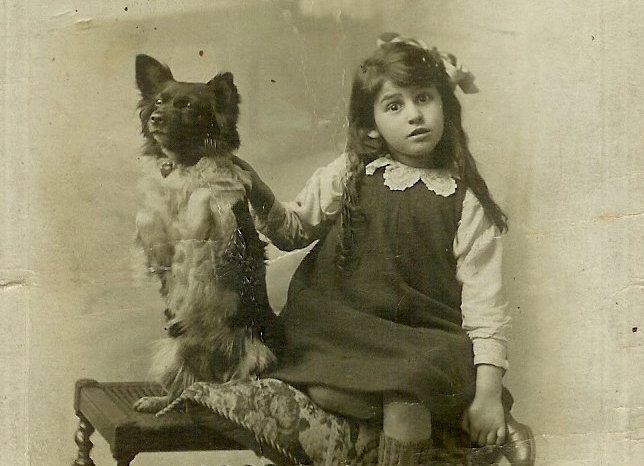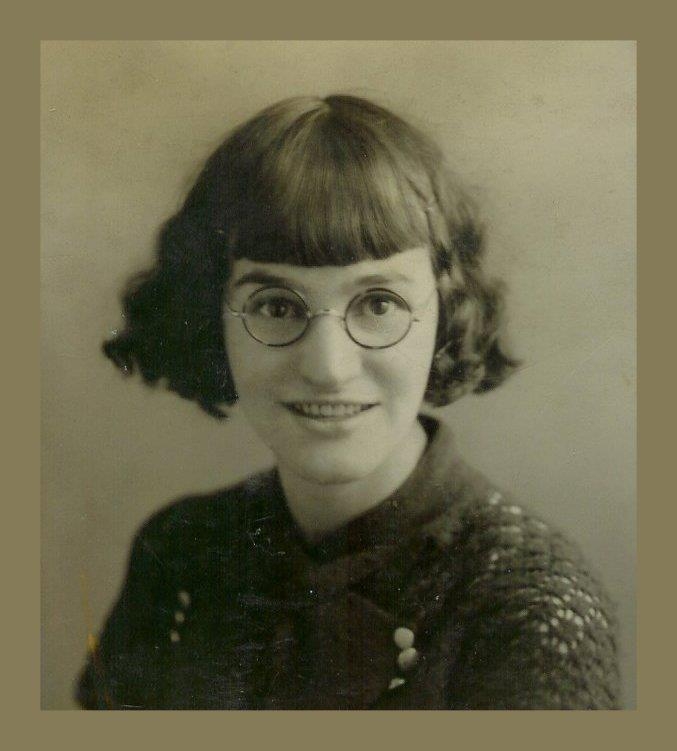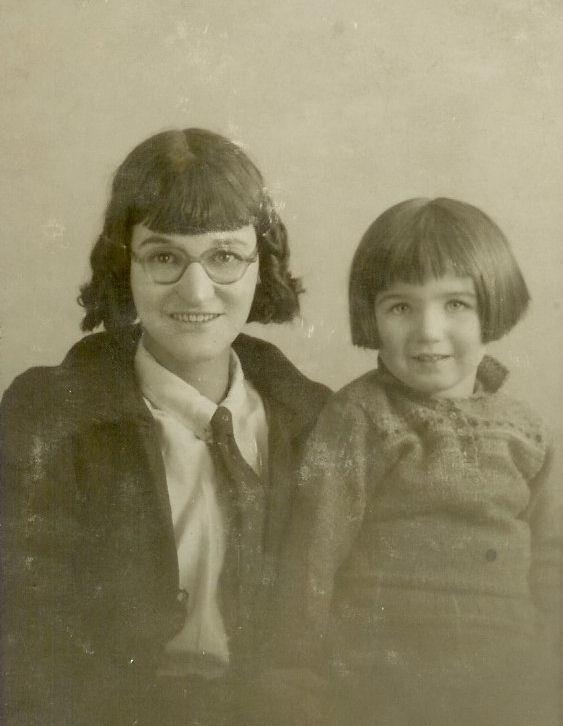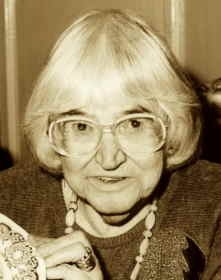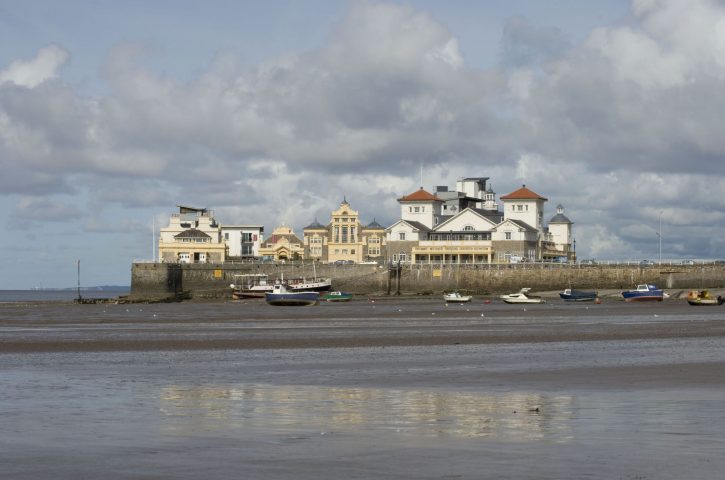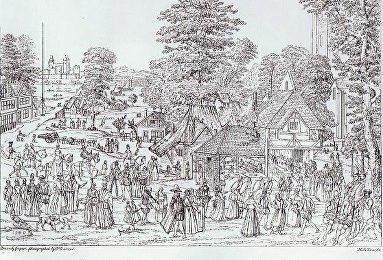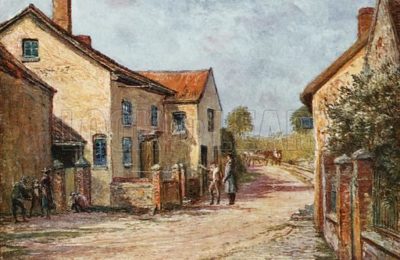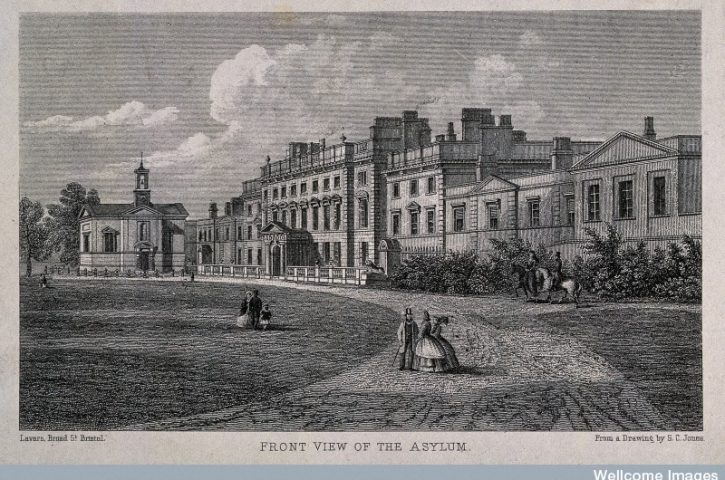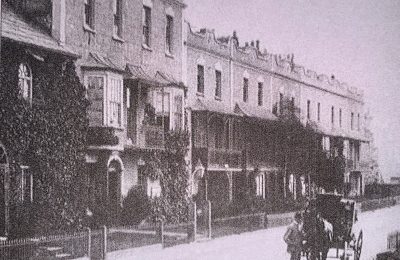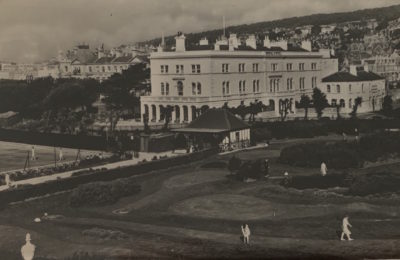
Meet my ancestor, Mary Emma MAPLESDEN nee BARNES, known throughout her life as ‘Polly’, my Great Great Grandmother.

Thanks in part to an autobiography written and published in the 1980’s by her granddaughter, my grandmother, Mary BRINE nee MAPLESDEN, a good deal is known about ‘Polly’s life time. By her granddaughter’s account she was a very loving and ‘Christian’ woman, who unfortunately suffered a number of hardships and scandalous family occurrences which, in her later years, would take her life down some unexpected paths…
Mary BARNES’ Early Life
Mary Emma BARNES was born on 21st August 1854 in Poyntington (or Pointington as it is sometimes known on the various censuses), the second daughter of parents William BARNES, a labourer and farmer, and his wife Hannah BARNES nee WATKINS.
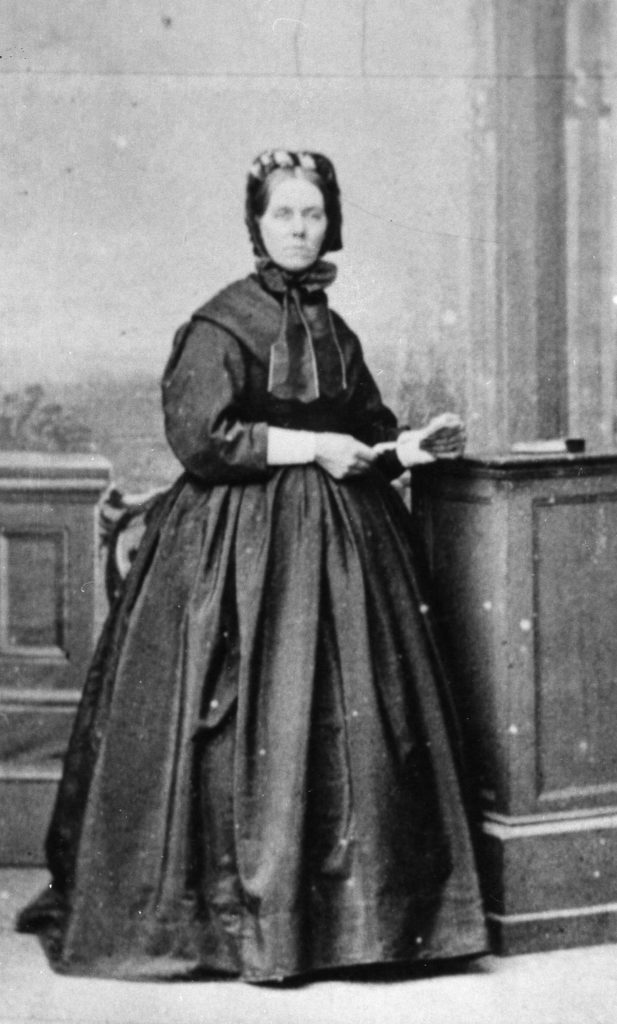
Poyntington was, and still is today, a beautiful little village right on the border between Dorset and Somerset. At the time of Mary’s birth, Poyntington was part of Somerset, but today it’s part of the county of Dorset. What is clear is that it was, and still is, a delightfully picturesque, quiet and peaceful, village situated in the Blackmore Vale. Surrounded by rural countryside, Poyntington was but a short distance from the larger market towns of Yeovil and Sherbourne and the focus of the village has always been the historic All Saints parish church.

It was here that Mary was baptised, just a couple of weeks following her birth, on 10th September 1854.


Mary BARNES as a Young Woman
Mary grew up with a number of brothers and sisters in Poyntington. She affectionately became known to everyone as ‘Polly’, a name which stayed with her throughout her life. With her father being a farmer, as a young woman, Polly would help him by supervising the sale of some of the farm’s produce. This would sometimes lead her to the local train station where she would wait on the platform and supervise the loading of crates and boxes onto the freight train as it was sent off to nearby Sherborne for trade in the markets there.
By the age of twenty-three, in 1878, Polly was as yet unmarried, and with few young men in the village, it was not surprising that there was considerable local interest in a young clock maker from Kent, named Thomas MAPLESDEN. A handsome and mature looking young man, with a striking ginger beard, he had come to visit the area in order to work on the station clock. It’s possible that his older brother, John MAPLESDEN, a carpenter was also there with him, since he would go on to marry another local girl from Poynington, called Anna DYKE.
Family legend has it that one fateful day, Polly was at the station when Thomas Maplesden was up on a mobile platform fixing the clock and dropped an oily rag. Polly went to pick it up and a flirtatious conversation ensued which led to the two beginning a romantic relationship.
This episode, along with other significant family events, is retold by Mary BRINE nee MAPLESDEN, Polly’s granddaughter many years later in her own autobiography “Hopwood Street to Wellington Lane” which was published by Highgate Press in 1988. Mary BRINE described her Grandmother, Polly, as a very ‘Christian woman’ who was particularly God-fearing. However, it seems that in her younger days at least, young Polly, was perhaps not quite so virtuous. I say this because one thing is known from the records: Polly and Thomas MAPLESDEN ended up residing together in London, at eh home of Thomas’ older brother John, and another local girl from Poyntington called Anna. And this took place at some point prior to August 1878.
We know all this because both Thomas and Polly were listed, under the names of Thomas Maplesden and Mary Barnes, as being witnesses to the marriage of Thomas’s older brother John MAPLESDEN and Anna DYKE’s marriage. This marriage took place at St Mark’s Church in Clerkenwell, London on 4th August 1878 and their address was given as 2 Bath Street. This couple would have a child a year later, and on the child’s birth certificate, their address is still 2 Great Bath Street. This was the same address given by Thomas and Polly who married a month or so after John and Anna.

Thomas and Mary married in a cermony just a month or so after John and Anna. They gave details showing they were living at the same address, 2 Great Bath Street, Clerkenwell. In quick turn of events, a baby would be born just a few months following their nuptials.
Mary’s Marriage to Thomas MAPLESDEN in 1878
It would seem that Thomas MAPLESDEN was employed by a firm based in London, and that, because of this, he was able to get accommodation in the city through his employer. Polly’s granddaughter Mary BRINE claimed in her memoir that
“Polly’s mother was filled with gloomy foreboding at the idea of her sweet and precious child being taken from the bosom of the family to be wed in what, she deemed, a hole and corner ceremony, rather than in their own lovely village church”.
She explained this turn of events as taking place in part because Thomas had not wished for pomp or ceremony:
“He was an atheist and did not hold with, what he called “all this religious clap-trap’…. He assured them all that his intentions were honourable. If he could introduce Polly to his boss in London, as a fait accompli, so to speak, his chances of being offered decent accommodation for them both would be four-fold.”
Despite this reasoning, I think it likely that the whole affair was somewhat shot-gun in nature since it came to pass that Polly and Thomas travelled together to London, lived there for a while for Thomas’ brother and his girlfiend then wife, and Polly became pregnant. They then hastily married, becoming man and wife, before the baby was born.
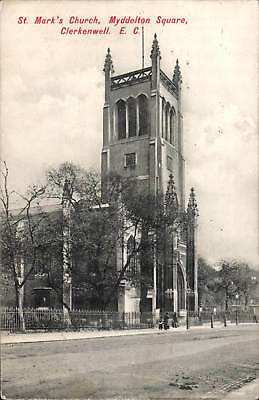
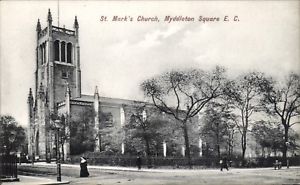

The records show that Mary Emma BARNES married Thomas MAPLESDEN on 29th September 1878 at St Mark’s Church, Myddleton Square, Clerkenwell, Middlesex.

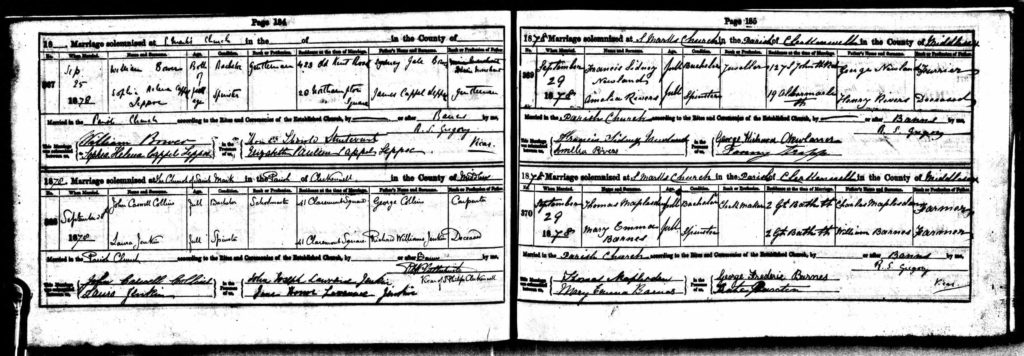
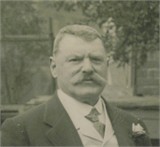
The young couple entered their fathers’ names as William BARNES and Charles MAPLESDEN respectively. Both of whom were given the occupation of ‘farmer’.
Mary and Thomas signed the register in the presence of their witnesses, who included Mary’s younger brother George Frederic BARNES. He may have travelled with her to London, perhaps in order to help ensure her respectable reputation.
The couple’s address at the time of their marriage was 2 Great Bath Street in Clerkenwell, however this is likely to have been a relatively temporary residence as the couple moved shortly after they married.
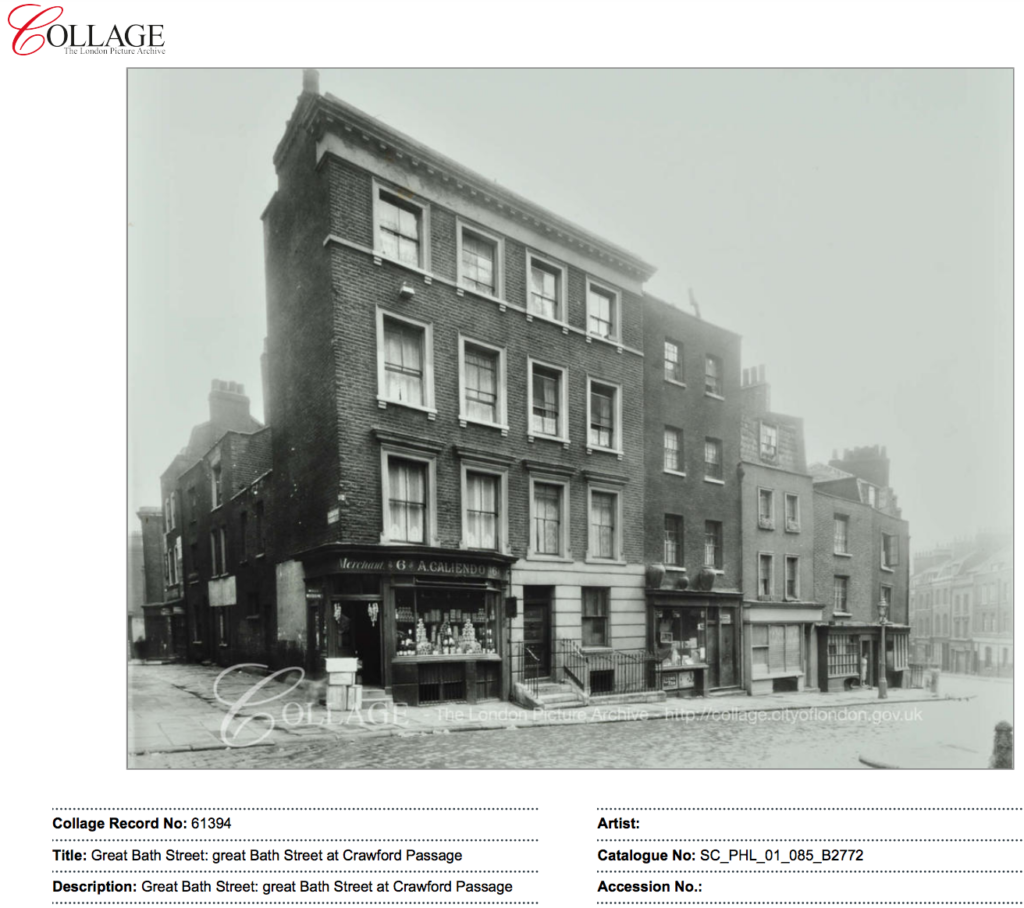
Mary and Thomas set up home together in a small basement flat, just a fifteen minute walk away from the church in Myddleton Square, and a couple of streets away from where they’d been staying when they married. Their first home together was at 37 King’s Square, Clerkenwell.
Mary Becomes A Mother
Just four short months after her marriage to Thomas, on 30th January 1879, Mary became a mother for the first time when she gave birth to a baby daughter, Annie Edith MAPLESDEN. Her daughter’s birth was registered in the Holborn records of London.

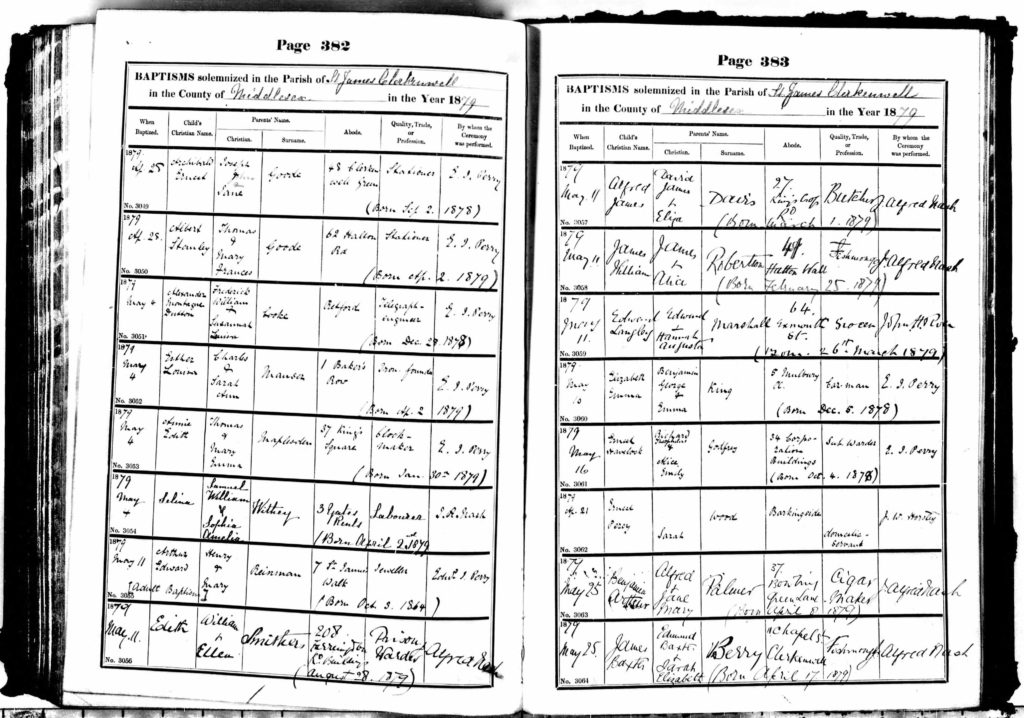
When the baby was three months old, on 4th May 1879, her parents had her baptised at another local church which was just 10 minutes walk away from their little home in King’s Square, St James’ Church, in Clerkenwell.
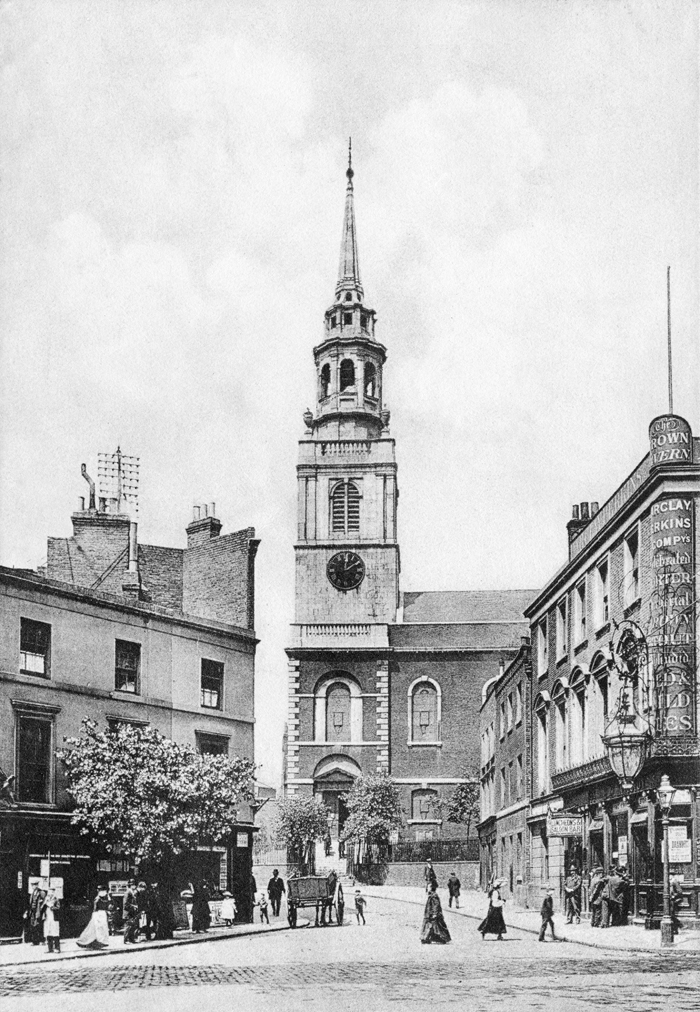
St James Church Greater London Authority Islington Finsbury
The young couple were of modest means and as working class people they would have had to manage on Thomas MAPLESDEN’s salary. Sources show that in the 19th Century Clerkenwell Green was the epicentre of radical protest in London. The church itself, where they had their daughter baptised, was the focus of controversy and excitement with its notorious clerical elections and the public pillorying of its vicar and vestry for the appalling condition of slum properties in the parish. St James had a ‘Low Church’ and Evangelical tradition, and they sought to bring Christ into the lives of its increasingly pagan parishioners. Perhaps it was a church with a more liberal feel, or perhaps Thomas was resistant towards religion, but for some reason it appealed to Mary and Thomas as the church in which they would have their daughter baptised.
Tragedy Strikes
At some point during the early part of 1880 the young family moved again, this time moving south of the River Thames to an area called Horsleydown or Horsley Down, just south of where Tower Bridge now stands in the Bermondsey area. At that time plans were still being drawn up for what would soon become the big project to build Tower Bridge.
The young family’s new address was 10 Church Grove, Horsely Down, London and this area of London was busy and thriving with industry, however, this move would not bring the family any happiness or prosperity.
Perhaps it was related to the poverty and poor living conditions in the city at the time, or perhaps it was just fate, but tragedy would strike Mary and Thomas’ young daughter Annie. The young couple would enjoy only one year with her before their little daughter tragically passed away.
Polly was already heavily pregnant for a second time when her daughter died, which must have made the stress of losing a child even harder to cope with. The loss of her first daughter would undoubtedly have left her poor pregnant mother heartbreakingly bereft. Moreover, such a loss would likely have been even harder to endure because Polly was so far from home, without the comforting presence of her family or the familiar countryside around her. She had left it all behind when she’d moved to the city to be with her husband.
When baby Annie died, in approximately May 1880, the event was registered in the Borough of St Olave, Southwark, which was just south of the River Thames and part of the Bermondsey area at that time.
Just a few weeks later on 14th July 1880, most likely while she was still grieving, Polly gave birth for the second time. Another daughter was born, and they named her Winifred May MAPLESDEN.
Within the first couple of months of her new daughter’s life, Polly must have returned to Poyntington, perhaps because she was in need of the comfort of family, or perhaps because she was anxious about the conditions in London having already lost one child, but for some reason she went home. It was here where she would have her second daughter, Winifred May MAPLESDEN, baptised on 12th September 1880. The ceremony took place in the little parish church in Poyntington, which Polly had known and loved so well.

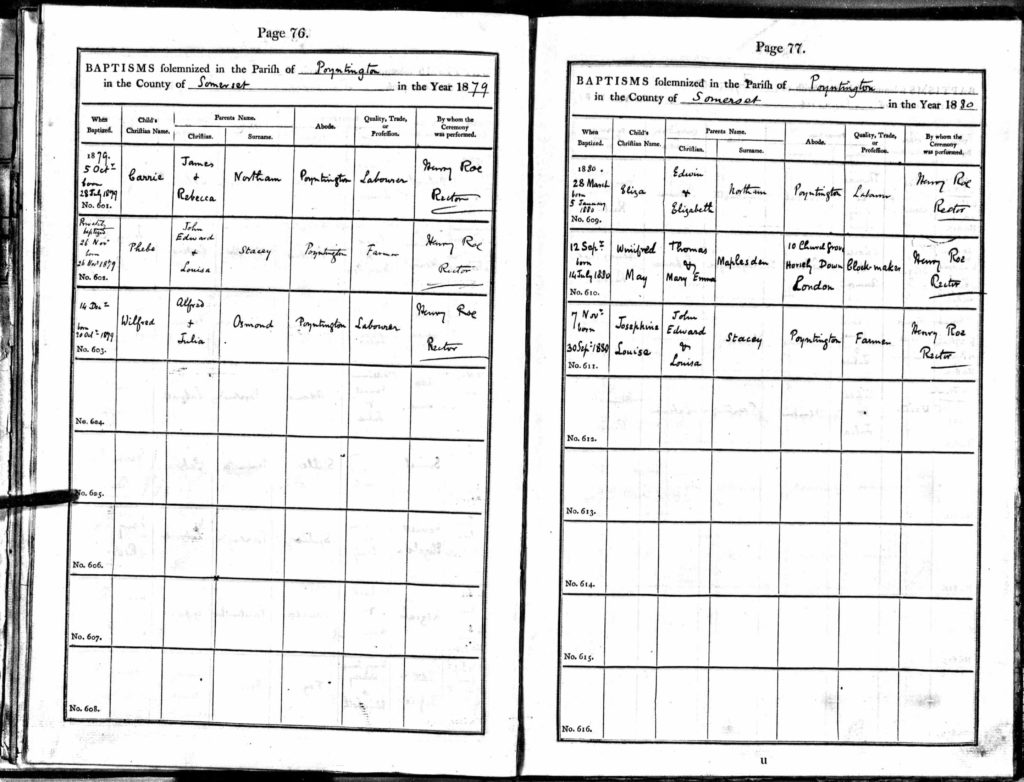
Polly returned to London however, and by 1881 the census shows that Polly and Thomas were living at 10 Church Grove, (described on the census as being in Southwark), with their young daughter, Winifred MAPLESDEN.
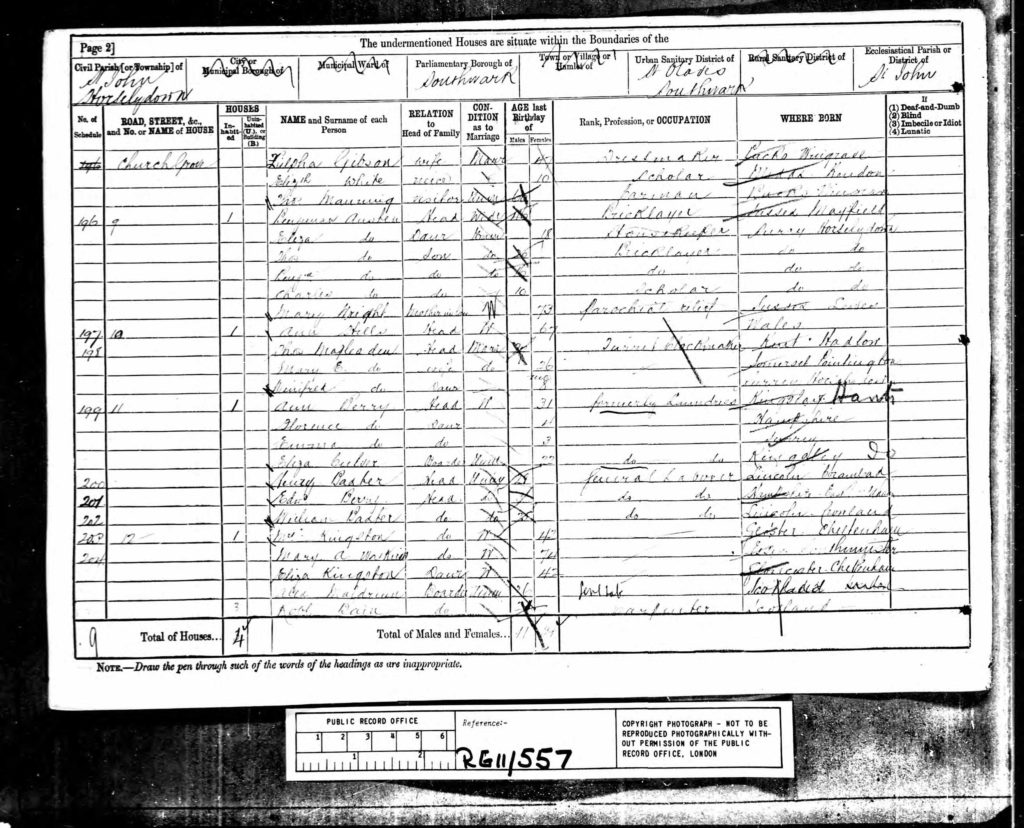
Following the birth of Winifred, a couple of years later, the couple have their first son, Thomas MAPLESDEN. He is born in 1883 while the family are still living in Horsley Down. However, the family then moved back to Clerkenwell where they went on to have a further three children Violet Annie MAPLESDEN (1883), Frederick John MAPLESDEN (1884) and Margaret MAPLESDEN (1889).
At some point prior to 1890, the family moved a considerable distance away from London, to Manchester in Lancashire. Here they would go on to have another daughter, Rosa MAPLESDEN in 1890 (my Great Grandmother).
The 1891 Census shows the family are living in Manchester.
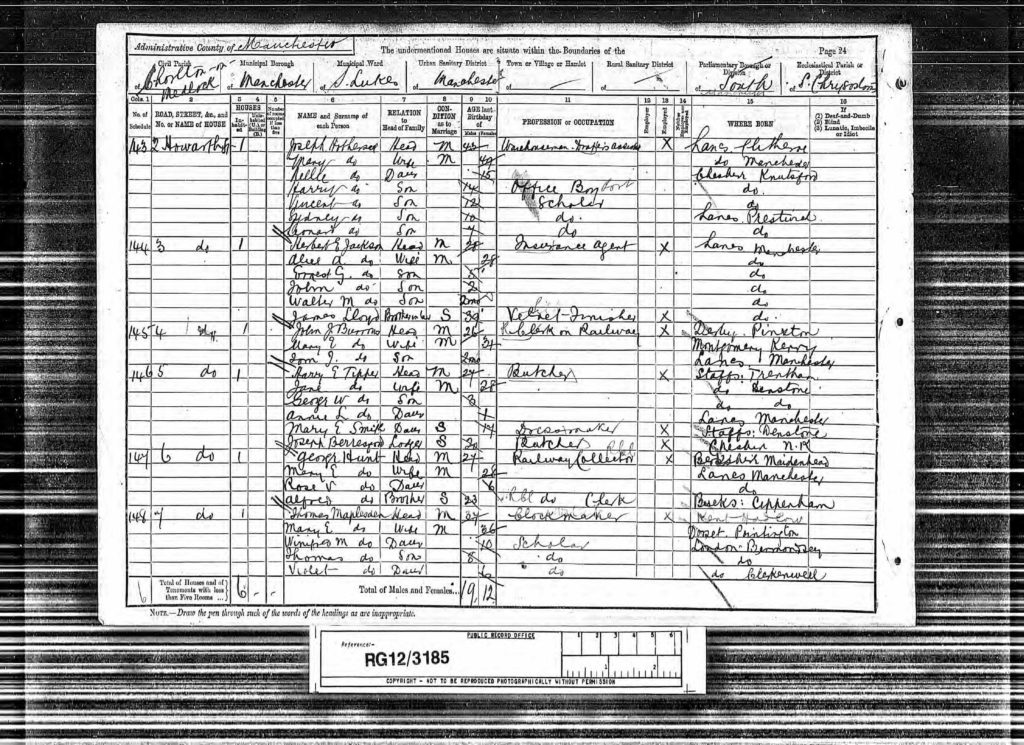

Then they would move, yet again, this time to Hull, in East Yorkshire where a final daughter was born, Daisy MAPLESDEN, in 1893. The area where the family moved to was close to the centre of the city, just off the main thoroughfare of Beverley Road.
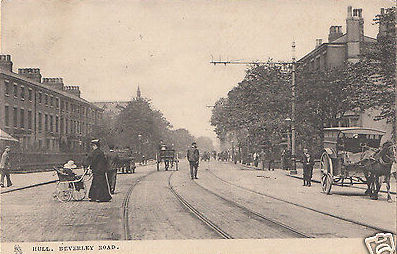
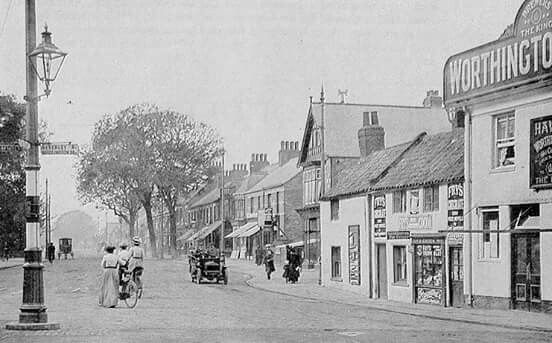
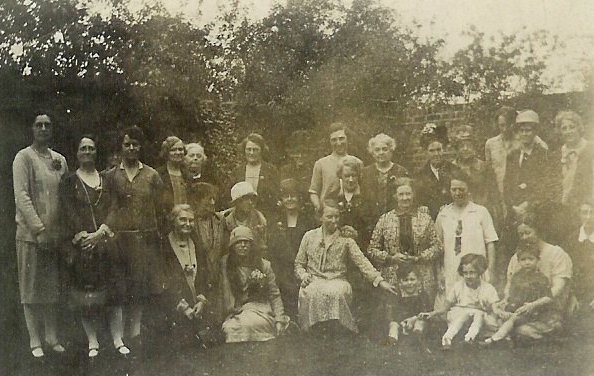
I believe she is fifth from the right on the back row.
In 1911, just as her youngest daughter Daisy was becoming an adult, and just when she must have been looking forward to some peace, everything would be turned upside down when her daughter Rosa Florence MAPLESDEN became pregnant and gave birth to a baby daughter, my Grandmother, Mary. Because Rosa was unmarried, Mary took in her granddaughter by the same name, and raised her for the first 7 years of her life. A tumultuous few years for the family ensued, which you can read about on my post about Mary and also about the as yet unsolved mystery of my Grandmother’s paternity in my posts Is That You Mr Bennett? and In My Grandmother’s Own Words.
By 1931, however, in her elderly years, Mary was living at 2 Mason’s Terrace, Wellington Lane, Hull.
It seems she was troubled by a number of minor ailments in her elderly years and in 1931 she contributed some comment to a local newspaper article, in which she praised “Bile Beans” for their health enhancing properties.
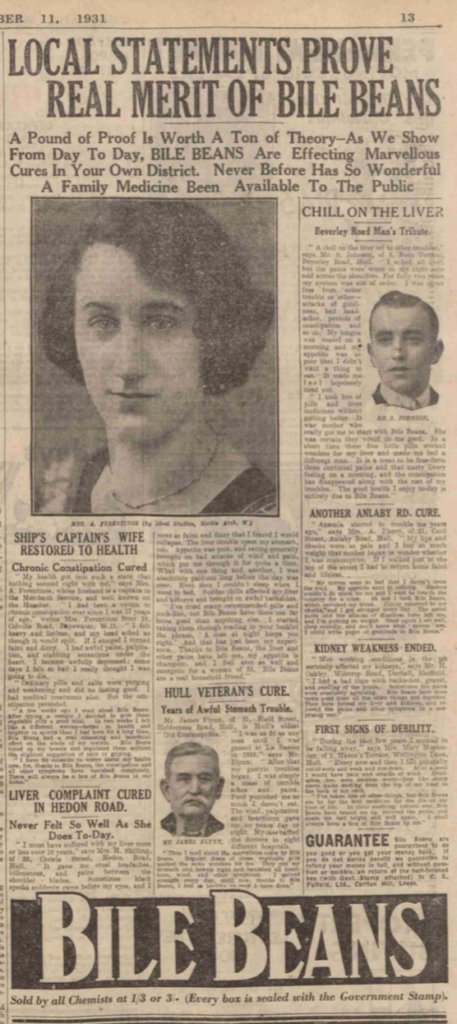
The article read “During the past few years I seemed to be falling away, says Mrs, Mary Maplesden of 2 Mason’s Terrace, Wellington Lane, Hull. “Every now and then I felt generally out-of-sorts and weak and run down. After a meal I would have pain and attacks of wind. Headaches, too, were another worry – just like sharp nerve pains darting from the top of my head to the back of my neck. I’ve taken lots of other things, but Bile Beans are by far the best medicine for the ills of my time of life. In their soothing, natural way, Bile Beans have braced me up, relieved the pains, and made me feel bright and well again. I shall always have a box of Bile Beans by me.”
It is quite amusing to me, in a way, to read her enthusiastic endorsement of this now quite archaic product. Today, no doubt, an article with comment like this would be considered a genius piece of PR.
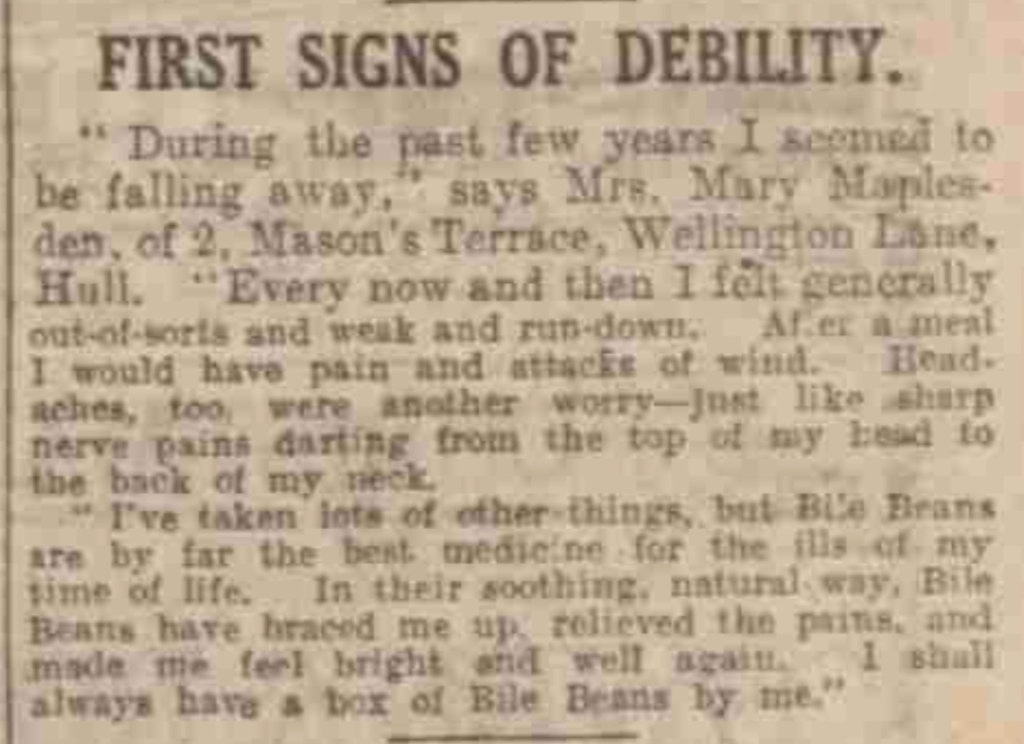

Mary Emma MAPLESDEN died at the grand age of 83 in 1937. In many ways, she had lived an unremarkable life by today’s standards, however, her kindness, warmth and love for my Grandmother, during an otherwise bitter childhood, would leave a lasting legacy in our family. As a result, the positive impact and influence she had within our family is still very much remembered, felt and appreciated today. Even by descendants who never actually got to meet her, but feel certain that, if they had, they’d have loved her, just like her grateful granddaughter Mary did.

Please Let Me Know You’ve Visited
If you have enjoyed reading this post, please leave me a comment below, even just something brief. Family history hunting can be fascinating, but often no one else is interested except the person doing the research, so it’s always really lovely to find out when someone is!

